- World Population Review Newsletter
- Posts
- The Race to Drink the Ocean Has Begun
The Race to Drink the Ocean Has Begun
Turning oceans into opportunity—who’s winning the water race?
Greetings, seeker of solutions and saltwater secrets!
Freshwater is vanishing. Nations are scrambling. The age of turning oceans into drinking water is no longer science fiction—it’s strategy.
So who’s winning the desalination race? And who’s dangerously behind?
Let’s trace the global thirst for innovation—and the high-stakes future of water.
Learn Real Estate Investing from Wharton's Best Minds
In just 8 weeks, learn institutional-grade real estate analysis and modeling from Wharton faculty and seasoned investors.
You’ll gain:
Insider insights on how top firms like Blackstone and KKR evaluate deals
Exclusive invites to recruiting and networking events
Direct access to Wharton faculty and a certificate that signals credibility
Join a thriving community of 5,000+ graduates for ongoing career development, networking, and deal flow.
Use code SAVE300 at checkout to save $300 on tuition.
Program starts February 9.
In the heart of the Arabian desert, Saudi Arabia leads the world in desalination output, producing over 5 million cubic meters of freshwater daily. The country relies on a network of massive plants, many operated by the state-run SWCC, and has begun integrating renewable-powered systems to reduce fossil fuel dependency.
The futuristic Neom project showcases its ambition: a megacity sustained by 100% renewable, zero-waste desalination.
Desalination isn’t cheap—but in a country where groundwater is nearly gone, it's indispensable.
💡 Did you know? Over 50% of Saudi Arabia’s drinking water comes from desalination—making it one of the most water-dependent nations on Earth.
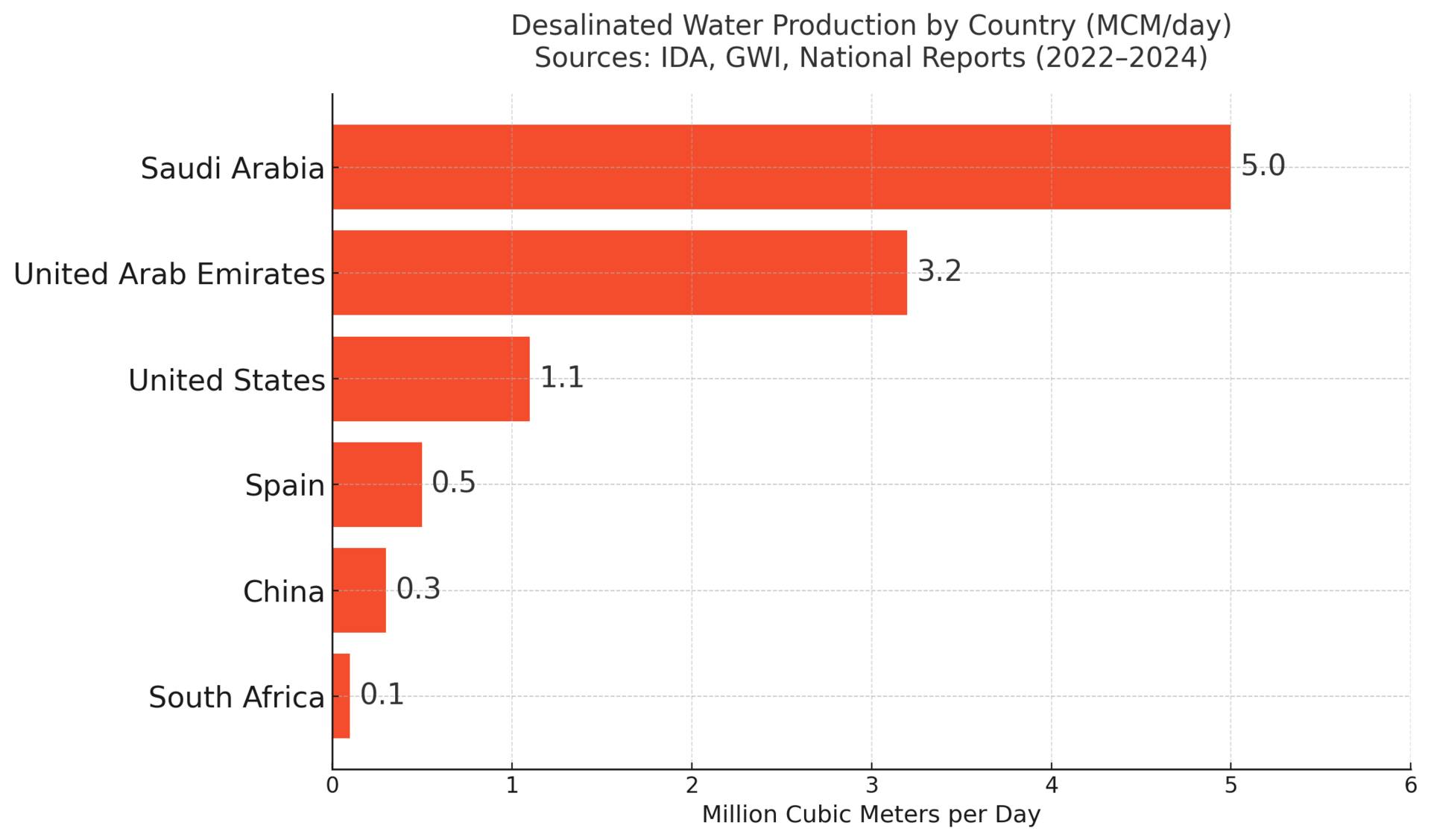
Once a water-poor country, Israel is now a model for integrated water management. With five coastal desalination plants supplying more than 80% of its municipal water, Israel has achieved near-complete independence from rainfall.
Advanced membrane tech and meticulous public policy make its Sorek plant one of the world’s most efficient. Israel also recycles 90% of its wastewater, topping global charts.
From scarcity to surplus, Israel even exports water to Jordan, showcasing the geopolitical power of desalination.
💡 Surprising insight: Water now flows east, not just west—in a rare Middle East cooperation, Israel supplies water to a former adversary.

In land-scarce, resource-tight Singapore, water security is a national obsession. Through its "Four National Taps" strategy, desalination plays a growing role alongside water reuse and imported sources.
The island currently operates five desalination plants, meeting about 30% of its water needs. Combined with NEWater—its ultra-clean reclaimed water—Singapore aims for complete self-sufficiency by 2060.
The key: seamlessly blending tech, policy, and public trust.
💡 Curious fact: Singapore serves recycled water—NEWater—at global conferences to showcase its purity and future-forward mindset.
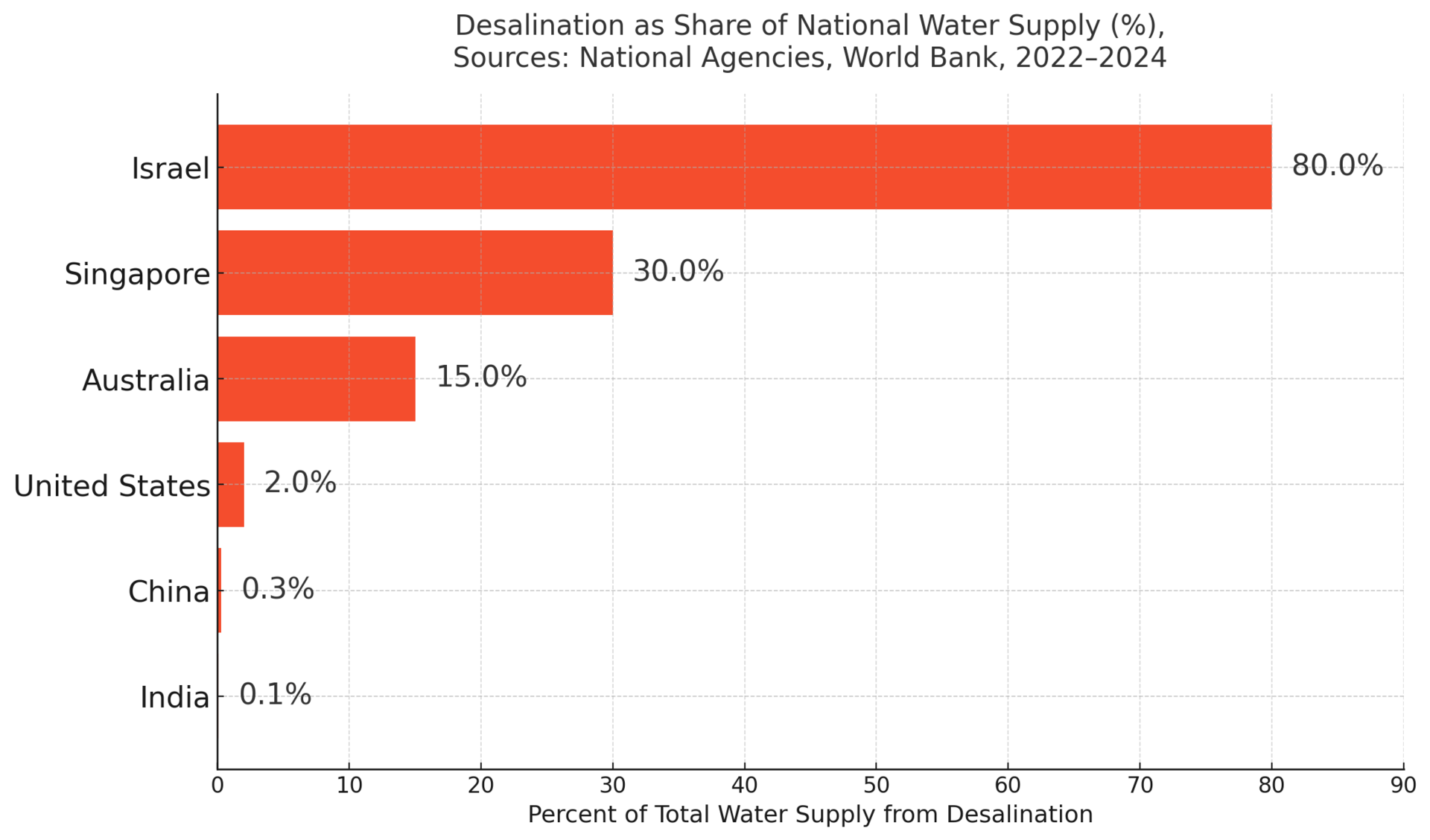
Put Interest On Ice Until 2027
Pay no interest until 2027 with some of the best hand-picked credit cards this year. They are perfect for anyone looking to pay down their debt, and not add to it!
Click here to see what all of the hype is about.
From California’s parched valleys to Texas’s booming coast, water demand in the U.S. is climbing. Yet desalination remains underused due to cost, regulation, and environmental concerns.
The Carlsbad plant in San Diego County serves 400,000 people, but such projects face fierce opposition over energy and marine impacts. Florida, Texas, and Arizona are testing smaller-scale models—yet few rival the scale of global leaders.
The U.S. has the tools—but not yet the urgency or political will to lead the race.
💡 Forecast: By 2030, 14 U.S. states could face high or extreme water stress. Desalination may soon go from optional to essential.
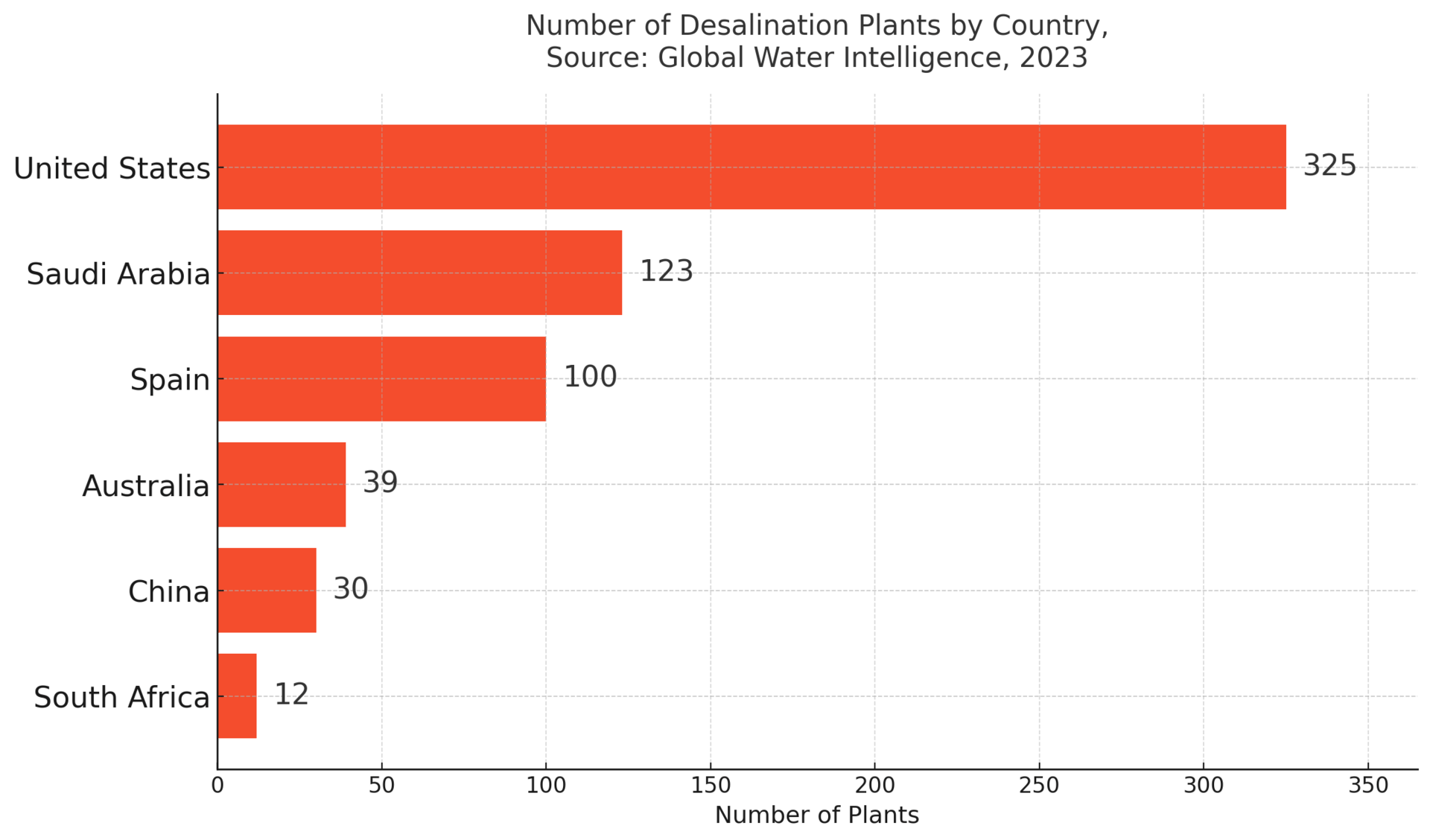
Scarred by the Millennium Drought, Australia built out desalination fast. Today, cities like Perth, Sydney, and Melbourne operate large plants, often powered by renewables to offset the energy burden.
These plants serve as climate insurance—activated in dry years, paused when dams are full.
Critics point to high costs, but in an era of uncertainty, desalination gives Australia a vital backstop.
💡 Fascinating stat: Perth was the first city globally to depend on desalinated water for a major portion of its supply.
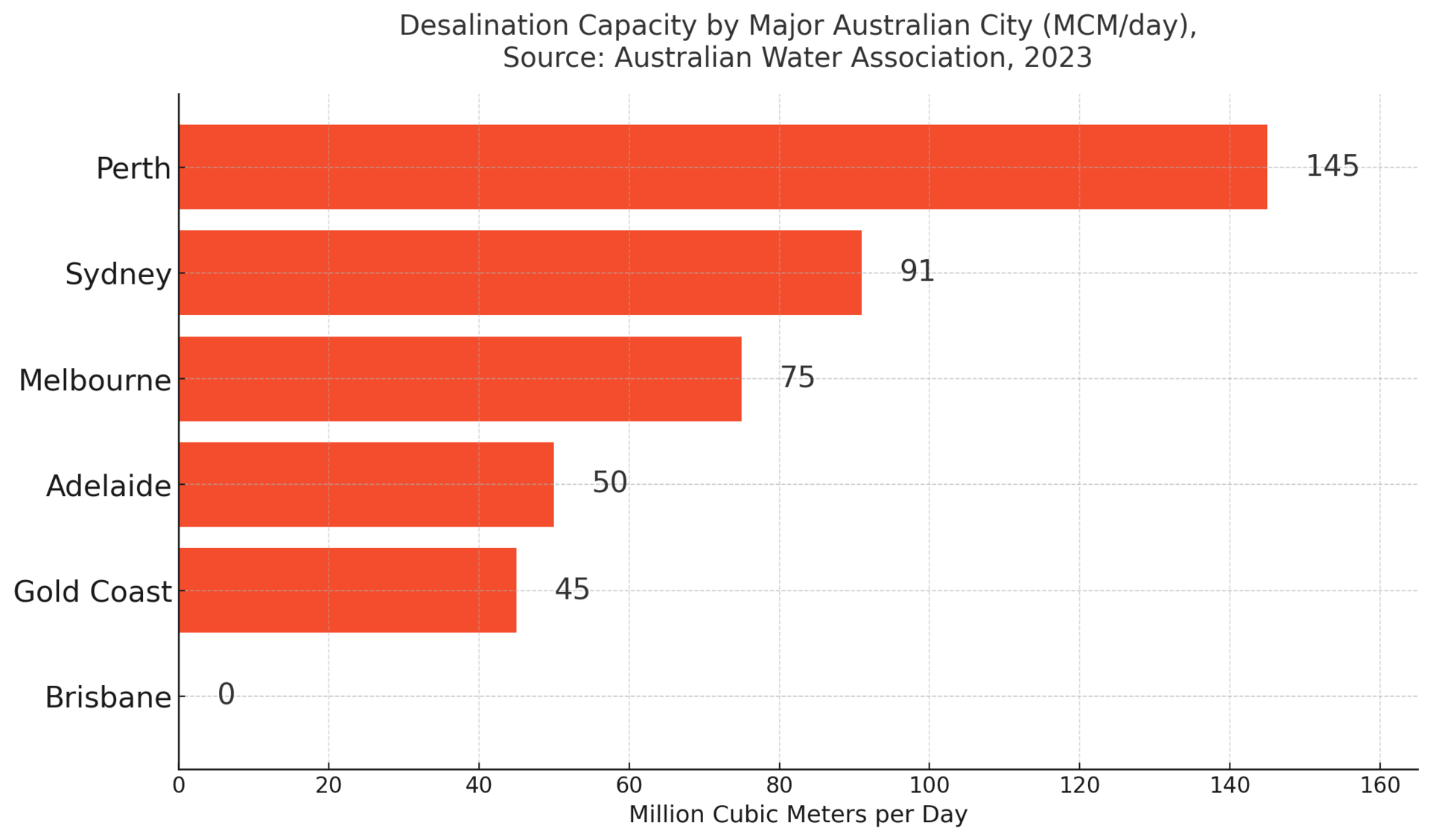
China faces a huge water paradox: it holds 20% of the world’s population but just 6% of freshwater. To counter this, it’s rapidly expanding desalination, especially in coastal megacities like Tianjin and Shenzhen.
But much of the water goes to industrial use—cooling power plants, fueling manufacturing—rather than households. Government subsidies help, but environmental challenges persist, including brine discharge and energy demand.
China’s approach is ambitious—but tightly managed.
💡 Little-known fact: China plans to triple its desalination output to 2.9 million cubic meters per day by 2025.
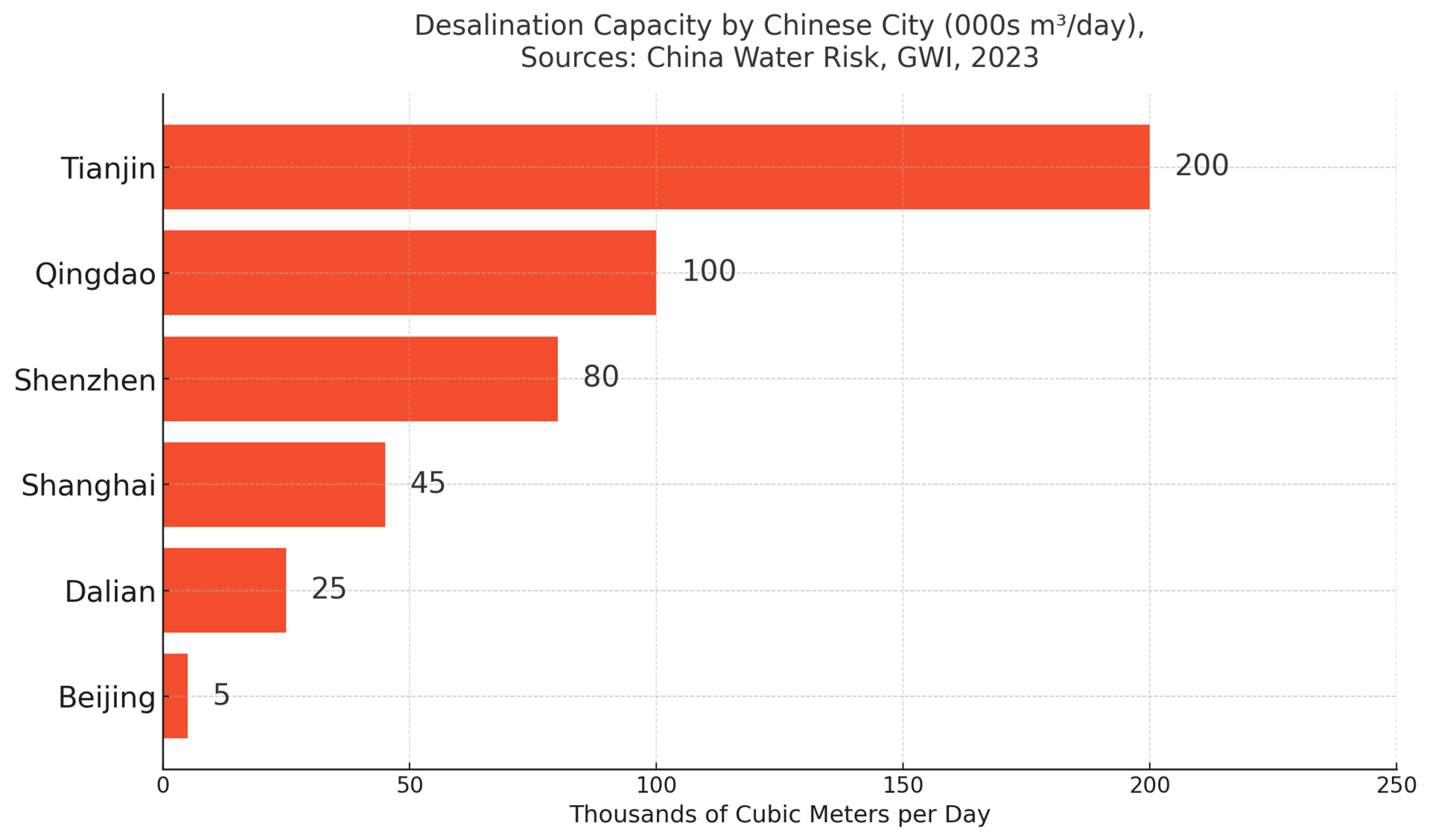
The desalination industry is evolving fast—toward cleaner, cheaper, smarter solutions. New materials like graphene membranes, solar-powered distillation, and even floating desalination barges are emerging to reduce costs and emissions.
But the divide is stark: rich nations innovate, while poorer regions still struggle with access. Global equity remains the missing piece.
Watch for more public-private partnerships, open-source designs, and even modular systems for remote villages.
💡 Provocative projection: By 2040, desalinated water could serve 1.5 billion people, rivaling today's bottled water industry in scale and economic weight.
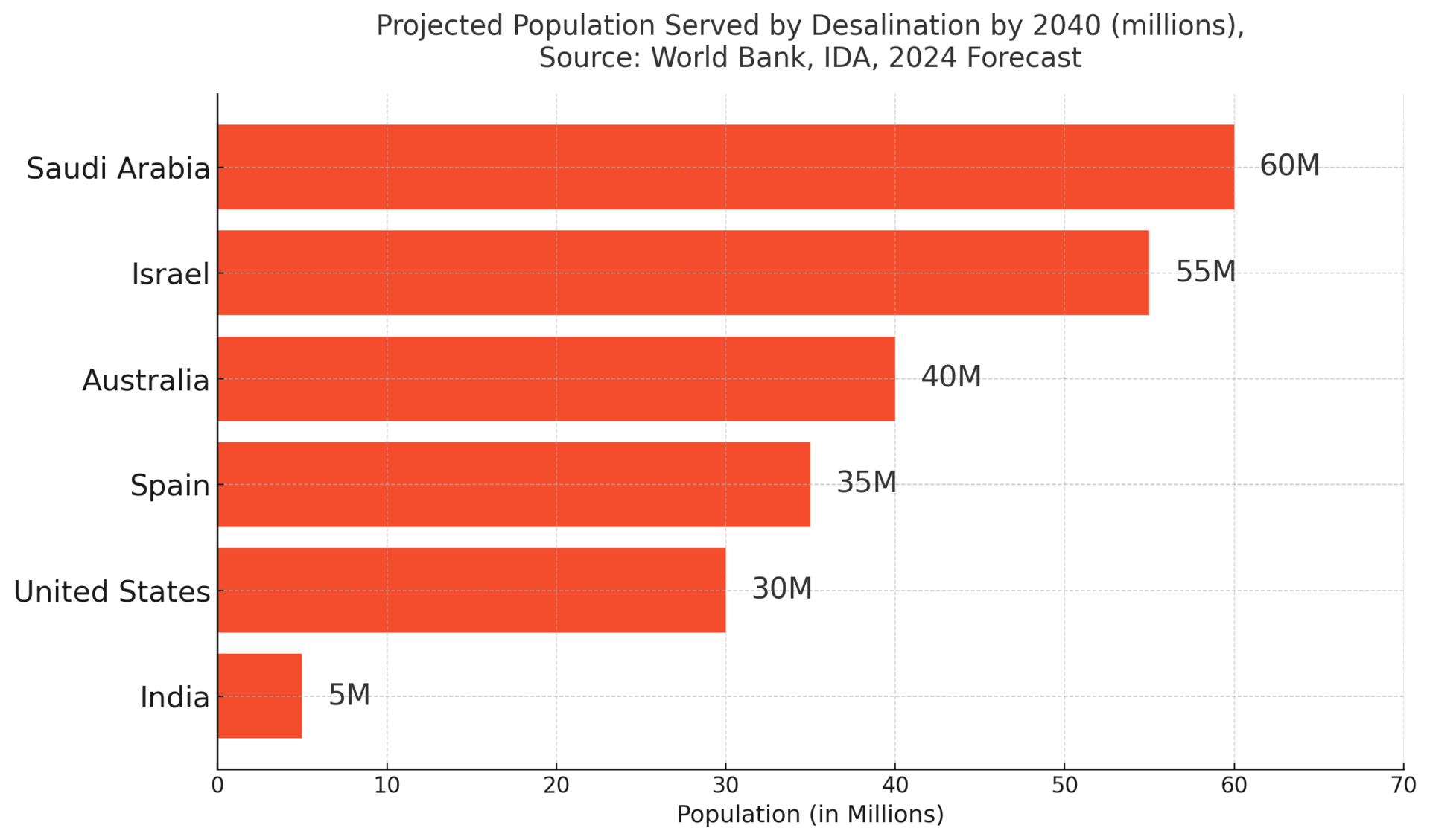
Water is the new power. Not oil. Not gold.
From parched deserts to crowded coastlines, desalination is redrawing the global map—one pipeline at a time.
Knowing where the breakthroughs are—and where the gaps remain—could shape where you live, invest, or lead.
Until next time: stay curious, stay informed… and never take that next glass of water for granted.
Warm regards,
Shane Fulmer
Founder, WorldPopulationReview.com
P.S. Want to sponsor this newsletter? Reach 139,000+ global-minded readers — click here!


